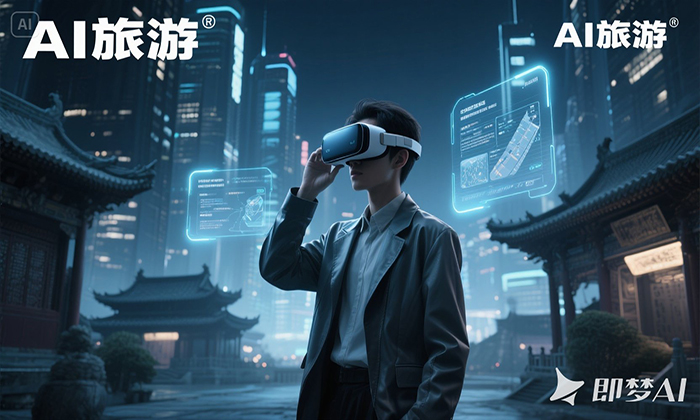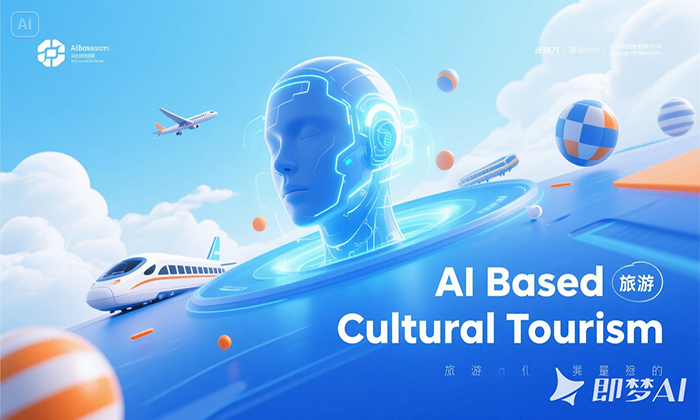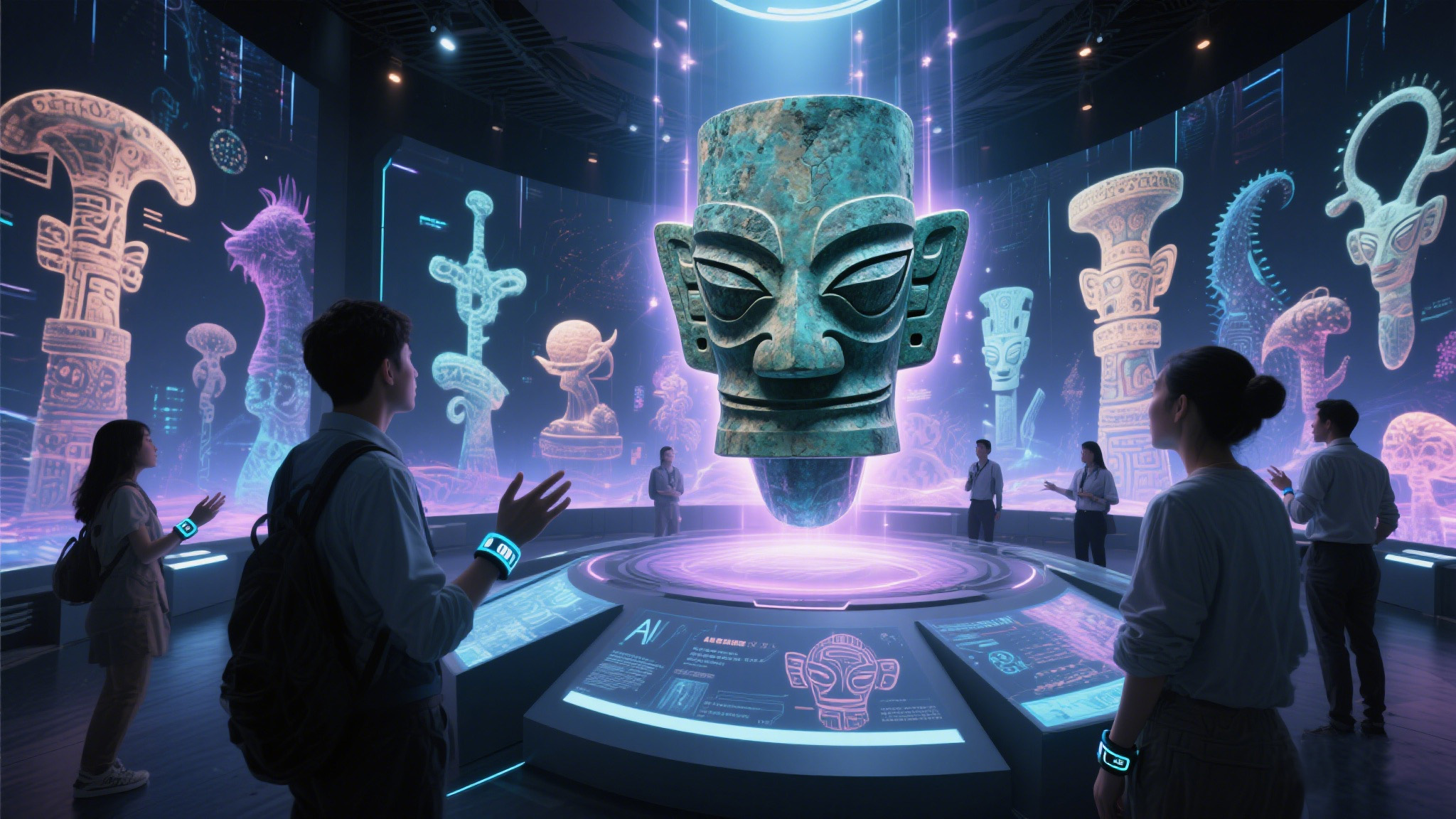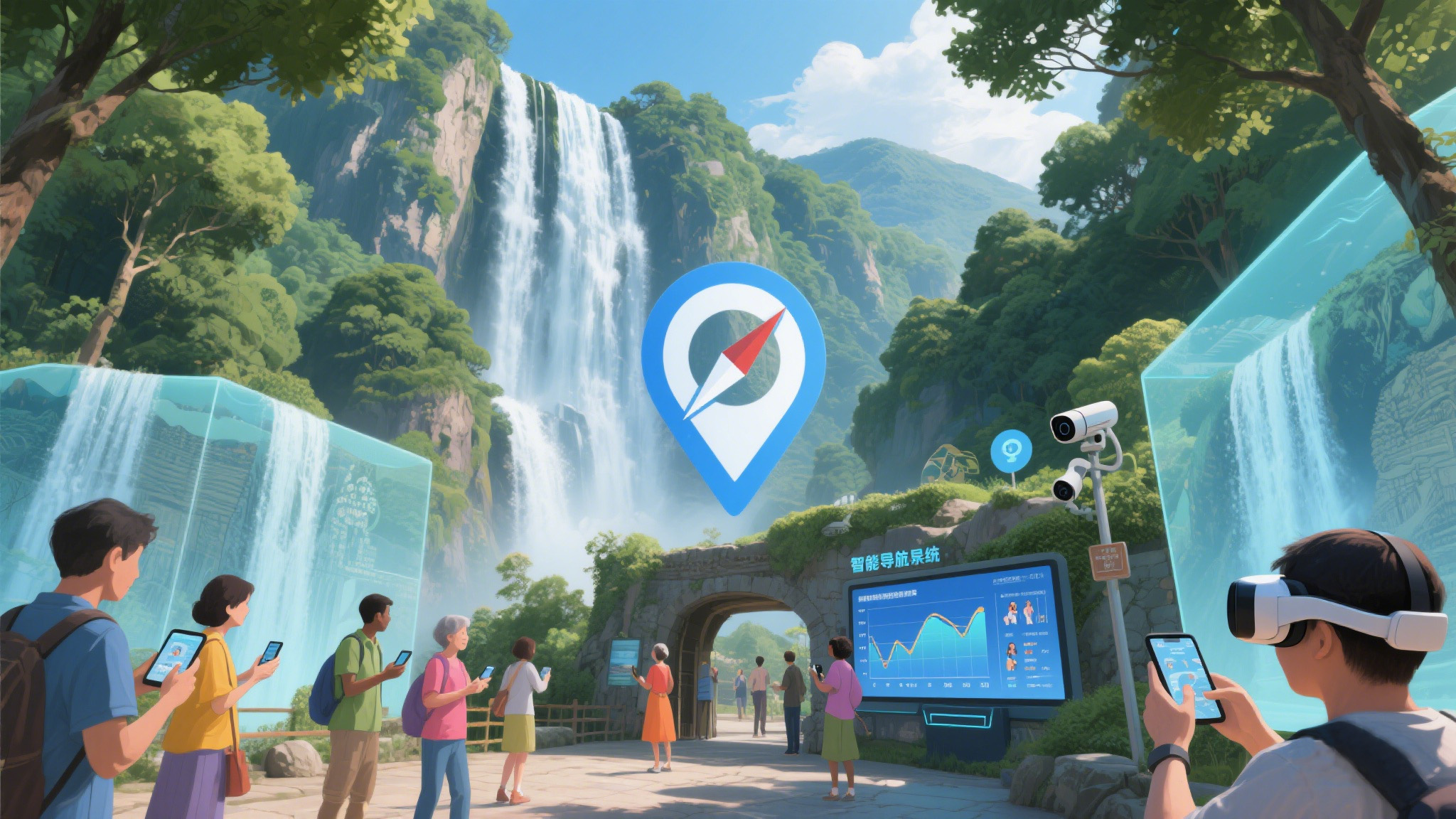Exploring the Wonders of Digital Scenic Spots
江浸月 2025-06-04
In the era of rapid technological advancement, the concept of "digital scenic spots" has emerged as a revolutionary trend in the tourism industry. Digital scenic spots integrate cutting-edge technologies such as virtual reality (VR), augmented reality (AR), big data, and artificial intelligence (AI) to transform traditional tourist attractions into interactive, immersive, and intelligent environments. These digital innovations not only enhance the tourist experience but also open up new possibilities for cultural heritage preservation and sustainable tourism development.
In the era of rapid technological advancement, the concept of "digital scenic spots" has emerged as a revolutionary trend in the tourism industry. Digital scenic spots integrate cutting-edge technologies such as virtual reality (VR), augmented reality (AR), big data, and artificial intelligence (AI) to transform traditional tourist attractions into interactive, immersive, and intelligent environments. These digital innovations not only enhance the tourist experience but also open up new possibilities for cultural heritage preservation and sustainable tourism development.
Virtual reality plays a pivotal role in digital scenic spots by creating lifelike simulations of natural landscapes and historical sites. Tourists can put on a VR headset and find themselves instantly transported to distant mountains, ancient palaces, or even prehistoric eras. For example, some digital museums use VR to recreate ancient civilizations, allowing visitors to walk through virtual streets, interact with digital replicas of historical figures, and gain a deeper understanding of past cultures. This technology bridges the gap between time and space, making historical and geographical knowledge more accessible and engaging.
Augmented reality, on the other hand, enriches the on-site experience by overlaying digital information onto the real world. When visiting a physical scenic spot, tourists can use their mobile devices to view additional content such as 3D models of historical buildings, interactive maps, or audio guides that automatically play when they approach specific landmarks. This real-time integration of digital and physical elements enhances the educational and entertaining value of the tour, as visitors can learn interesting facts and stories about the attractions they are seeing without interrupting their journey.
Big data and AI are also crucial components of digital scenic spots, enabling 景区 managers to optimize visitor management and service quality. By analyzing data on tourist flow, preferences, and feedback, they can make informed decisions to improve infrastructure, design better tour routes, and provide personalized recommendations. For instance, AI-powered chatbots can assist tourists in planning their itineraries, answering questions, and even providing real-time updates on weather conditions or crowd levels in different areas of the scenic spot. This not only enhances customer satisfaction but also contributes to more efficient resource allocation and environmental protection.
In conclusion, digital scenic spots represent a significant leap forward in the way we experience and interact with tourist attractions. By leveraging advanced technologies, they offer unforgettable experiences that combine education, entertainment, and innovation. As technology continues to evolve, we can expect digital scenic spots to become even more sophisticated, creating new opportunities for both tourists and the tourism industry to thrive in a sustainable and interconnected world.
















